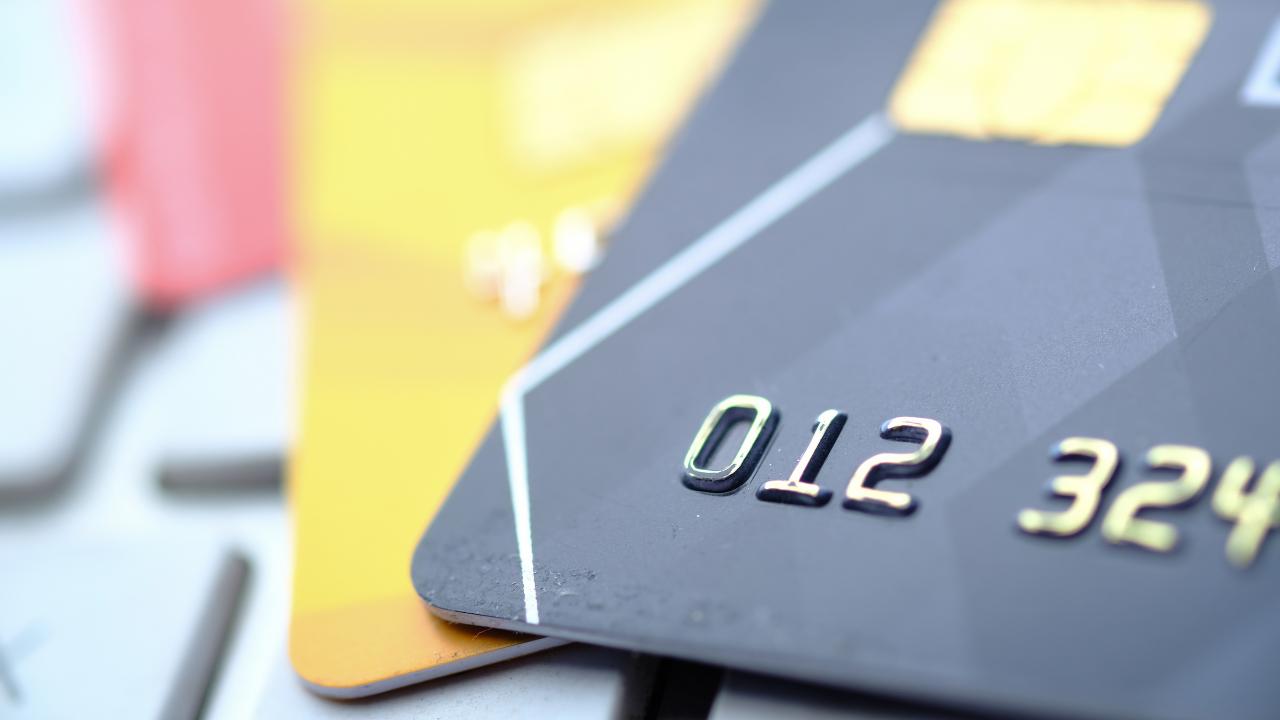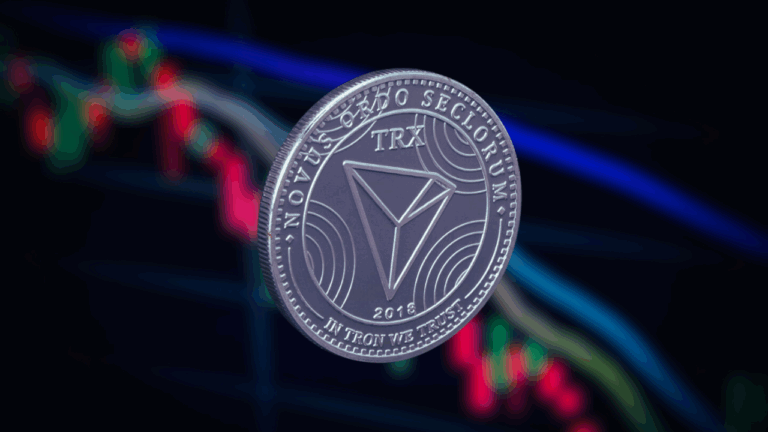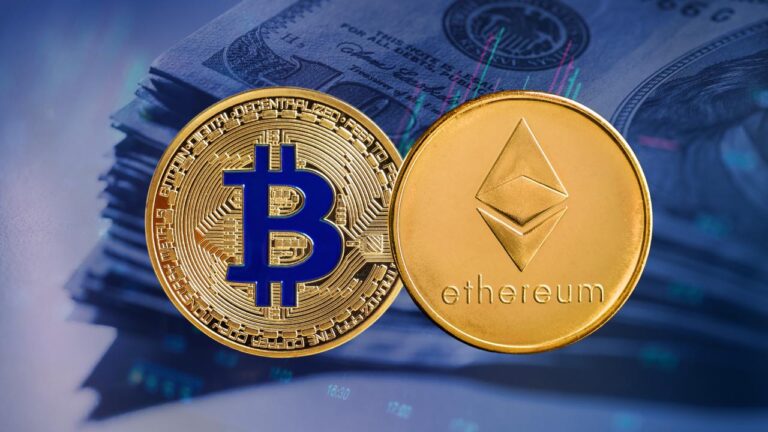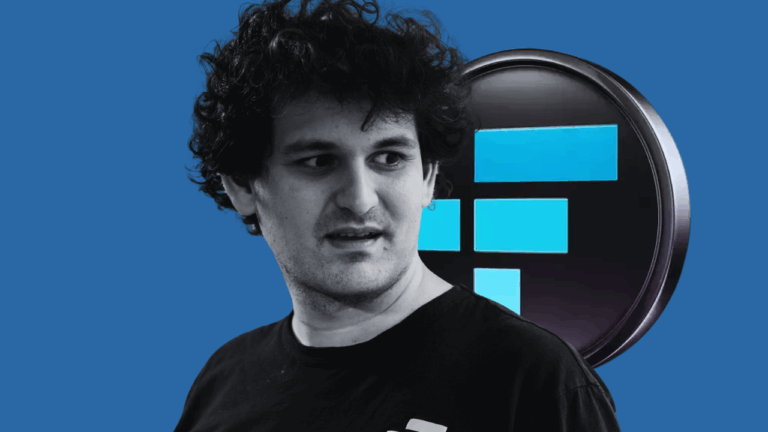Visa Pilots Stablecoins for Faster Cross-Border Payments

TL;DR Breakdown
- Visa unveils pilot program to test stablecoin use in cross-border settlements
- Aims to reduce settlement time in cross-border transactions
- Visa is targeting an expansion of the pilot by mid-2026
Visa has unveiled a stablecoin pilot project that aims to use stablecoins USDC and EURC to settle cross-border payments. The project aims at a limited rollout by April 2026 using USDC and EURC as pre-funded assets to settle cross-border transactions almost instantly.
Visa’s Stablecoin pilot and how it works
According to the release, Chris Newkirk, President, Commercial & Money Movement Solutions at Visa, believes that cross-border payments have been stuck in outdated systems that make transactions unnecessarily slow, restrictive and inefficient. He believes that the integration of stablecoins into cross-border payments would enable businesses to conduct their operations more smoothly, move money around faster and bring new methods of payments to users.
The pilot would allow businesses to fund their Visa Direct accounts with stablecoins instead of fiat currencies, providing businesses with liquidity while treating the stablecoins as “money in the bank,” enabling payouts on the other end. The pilot would make liquidity management more dynamic while reducing the dependency and risks of local currencies.
The pilot is currently restricted to banks, remitters, and financial institutions that seek more dynamic ways to manage cross-border transactions. Visa is currently working with select partners for the pilot and plans to expand the program next year, with a limited rollout planned for April.
While the move leads to speculation as to whether Visa seeks to launch its own stablecoin, the company’s current focus is on integrating existing tokens to create a more flexible, programmable ecosystem.
Global stablecoin adoption on the rise
Stablecoins are gaining traction worldwide as a tool for faster, more secure cross-border payments. Kazakhstan has partnered with Mastercard to launch a national stablecoin, aiming to streamline international transactions and reduce settlement times.
Meanwhile, private initiatives like Line Next and Kaia are introducing apps to make stablecoin-based payments more accessible and programmable. These developments highlight a broader trend toward creating a more flexible, efficient, and inclusive global payments ecosystem, signalling that stablecoins are poised to transform international finance.






